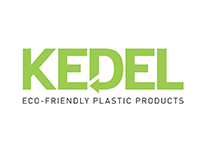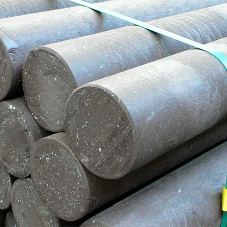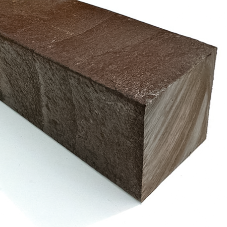At Kedel, their primary focus is always to promote the use of sustainable materials to protect the environment. Recently, growing concerns have prompted the emergence of various eco-friendly alternatives to traditional materials on a wider scale, including biodegradable, compostable, and recyclable materials. While these terms might appear interchangeable, there are distinct differences between them in terms of their characteristics, decomposition process, and waste management practices. In this blog post, we will explore the divergences and shed light on the significance of each category.
Let's dive in!
BIODEGRADABLE
Biodegradable materials are capable of breaking down naturally in the environment, thanks to the action of microorganisms, such as bacteria and fungi. Unlike traditional materials that can persist for years without decomposing, biodegradable materials can return to nature relatively quickly.
However, the term "biodegradable" does not specify the time it takes for complete decomposition, and some materials may still leave behind residue or toxins during the process. Anaerobic decomposition occurs in oxygen-depleted environments, such as landfills, where the breakdown process is slower and can lead to the production of methane, a potent greenhouse gas. Therefore, proper disposal or treatment of biodegradable materials becomes crucial to harness their environmental benefits fully.
COMPOSTABLE
Compostable materials are a specific subset of biodegradable materials. To be considered compostable, a material must meet certain standards and break down within a specific timeframe (typically within 90-180 days) in a controlled composting environment, resulting in nutrient-rich compost.
A controlled composting environment is crucial for the successful decomposition of compostable materials. Industrial composting facilities provide the necessary conditions of temperature, humidity, and microbial activity to expedite the breakdown process. These facilities ensure that compostable materials can be processed efficiently, preventing them from ending up in landfills where they would decompose anaerobically, releasing methane gas. It is important to note that compostable materials are typically made from organic sources, such as plant-based ingredients, making them highly suitable for composting processes.
RECYCLABLE
Recyclable materials are those that can be collected, processed, and transformed into new products or materials, thus reducing the demand for raw materials and minimising waste accumulation. Recycling plays a vital role in resource conservation, energy savings, and waste management. Common examples of recyclable materials include paper, glass, aluminium, metals and of course, recycled plastic! The recycled plastic used in all of Kedel’s products is made from materials that would have normally ended up in landfills, giving them a new lease of life. From our plastic decking to building supplies and even outdoor furniture, recycled plastic not only stops materials from being wasted, it also proves that it can stand the test of time against traditional, less-sustainable options.
The recycling process involves several steps. Initially, the materials are collected, sorted, and separated. They are then processed to remove impurities, sorted by type, and transformed into raw materials or reprocessed into new products. However, it is important to note that not all materials are equally recyclable. Factors such as contamination, lack of infrastructure, and market demand determine the viability of recycling specific materials.
An integral part of recycling is the concept of the circular economy. Unlike the linear model of "take-make-dispose," the circular economy seeks to close the loop by ensuring that materials and products retain their value and usefulness after their initial lifecycle. This approach encourages reduced resource consumption, minimised waste generation, and more sustainable production practices.
IN SUMMARY, THE MAIN DIFFERENCES ARE:
- Biodegradable materials break down naturally over time, but the timeframe for decomposition is not specified, and some residue or toxins may be left.
- Compostable materials are a specific type of biodegradable material that meets specific standards. They break down within a defined timeframe in controlled composting environments and produce nutrient-rich compost.
- Recyclable materials can be collected, processed, and converted into new products or materials through recycling processes, conserving resources and reducing waste.
All these options play a crucial role in sustainable waste management, but it is essential to understand their specific properties and dispose of them appropriately to maximise their environmental benefits. Each of these material categories offers environmental benefits, but it is essential to dispose of them appropriately and support proper waste management systems to maximise their positive impacts. Embracing these alternatives and adopting sustainable practices will facilitate the transition towards a greener and more sustainable future for our planet.
Know the Difference: Biodegradable, Compostable, and Recyclable Materials
| T | (01282) 861325 |
|---|---|
| E | sales@kedel.co.uk |
| W | Visit Kedel Limited's website |
| Oswald Street, Burnley, Lancashire, BB12 0BY |

-file144732.jpg)
%20(1)-file144733.jpg)



